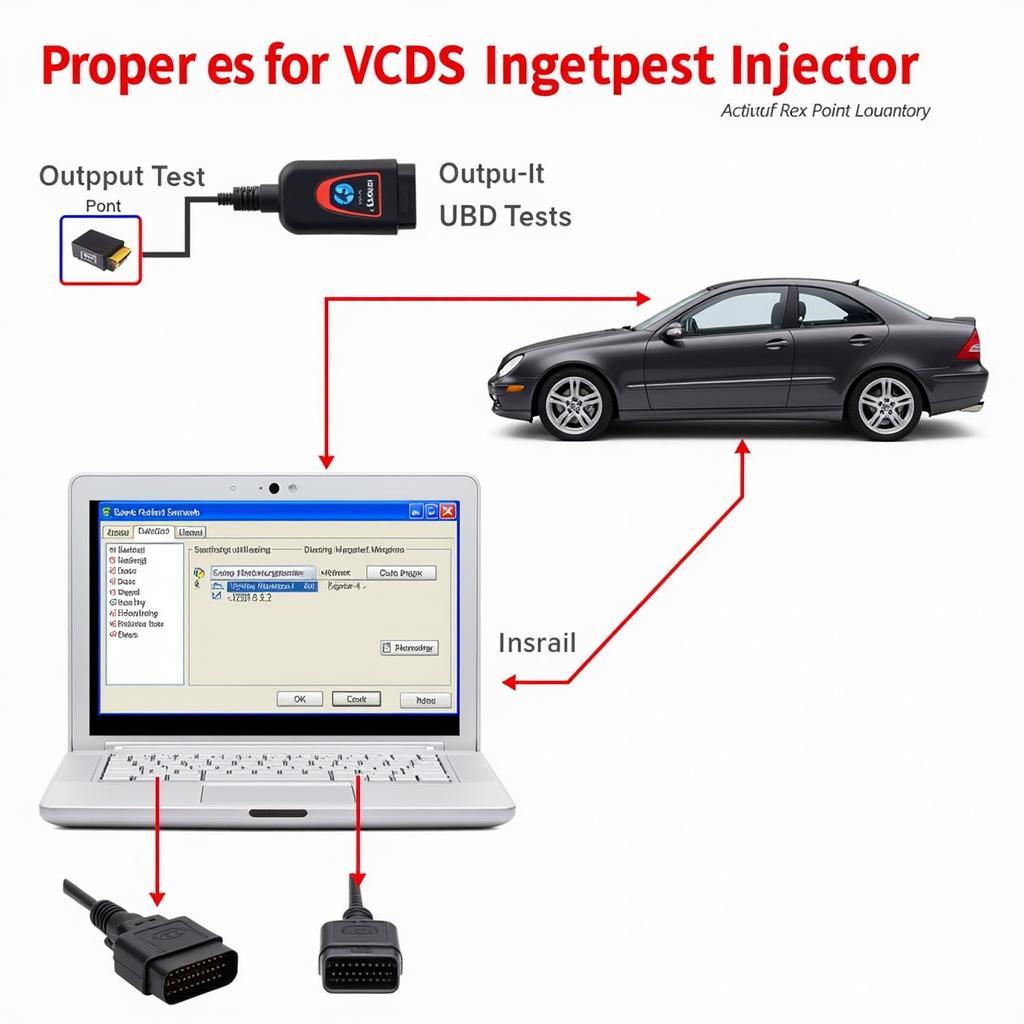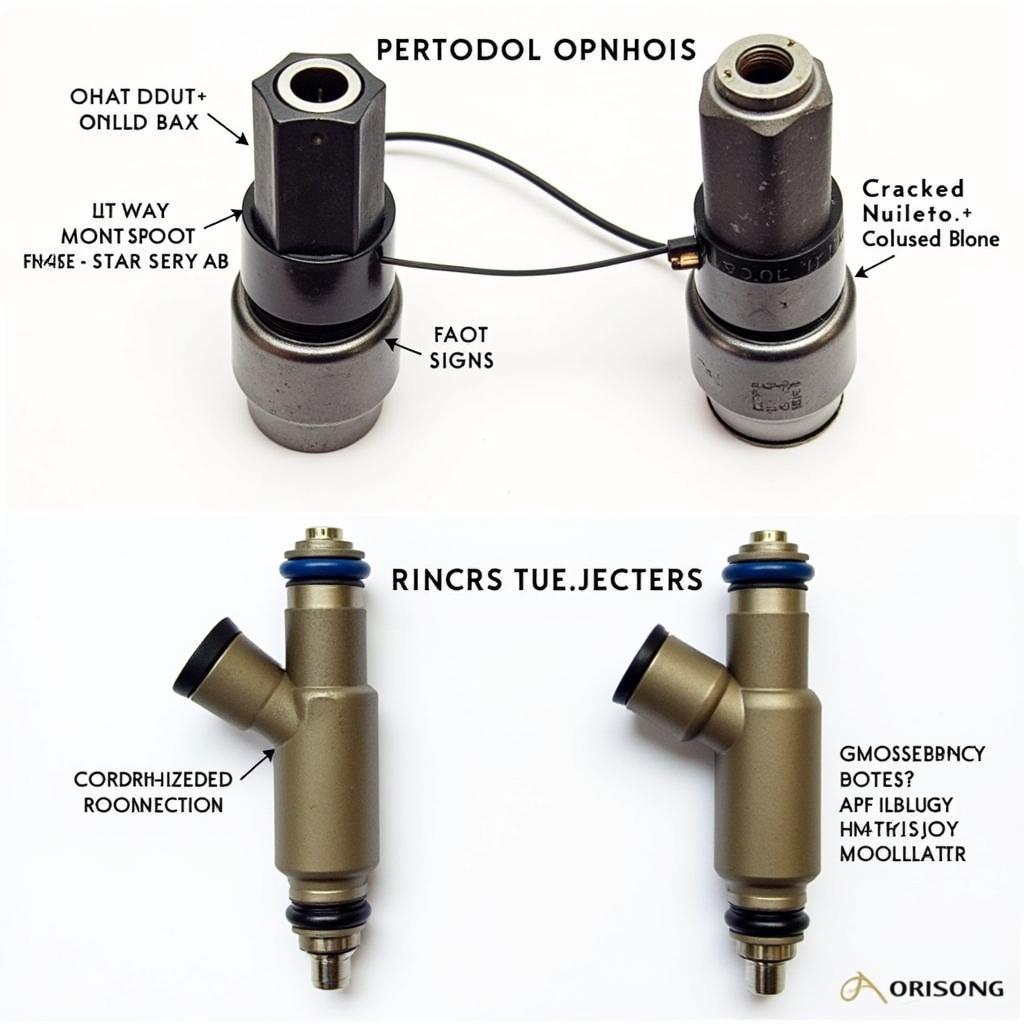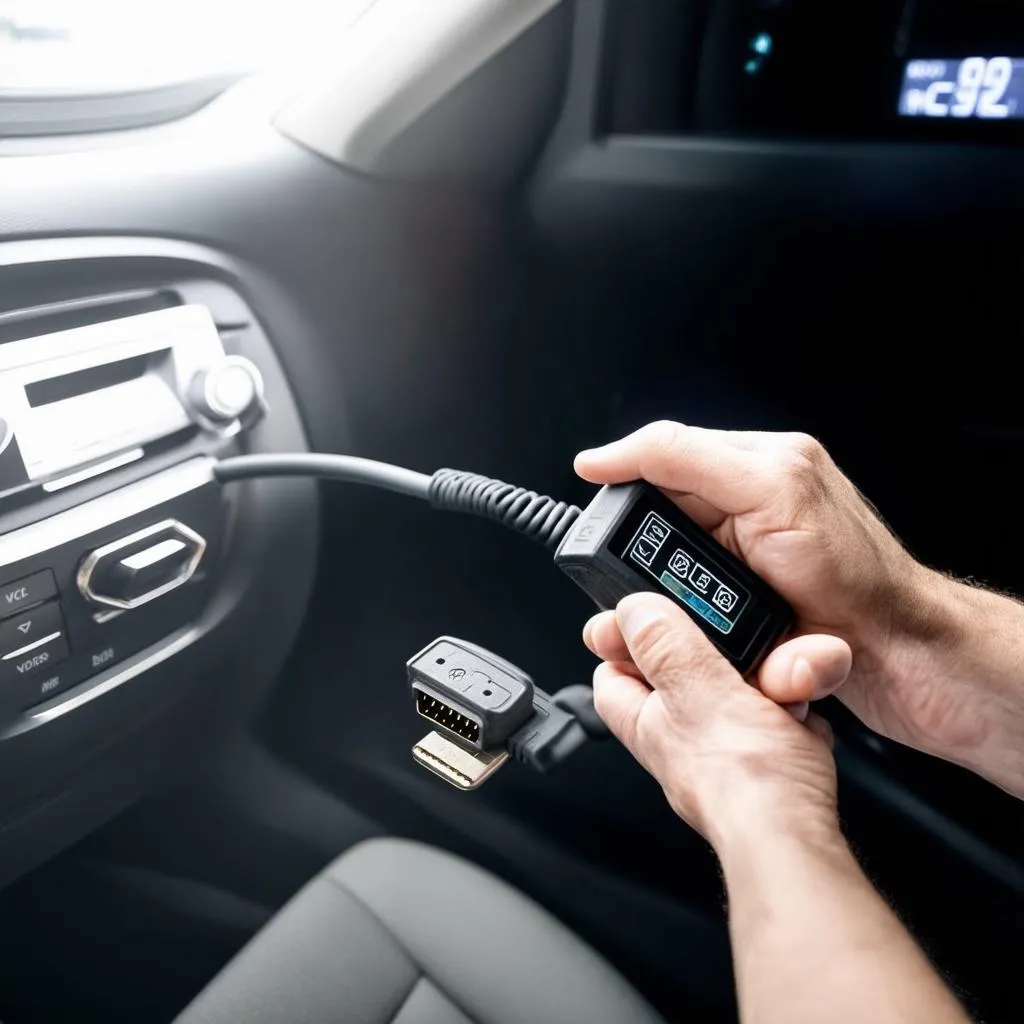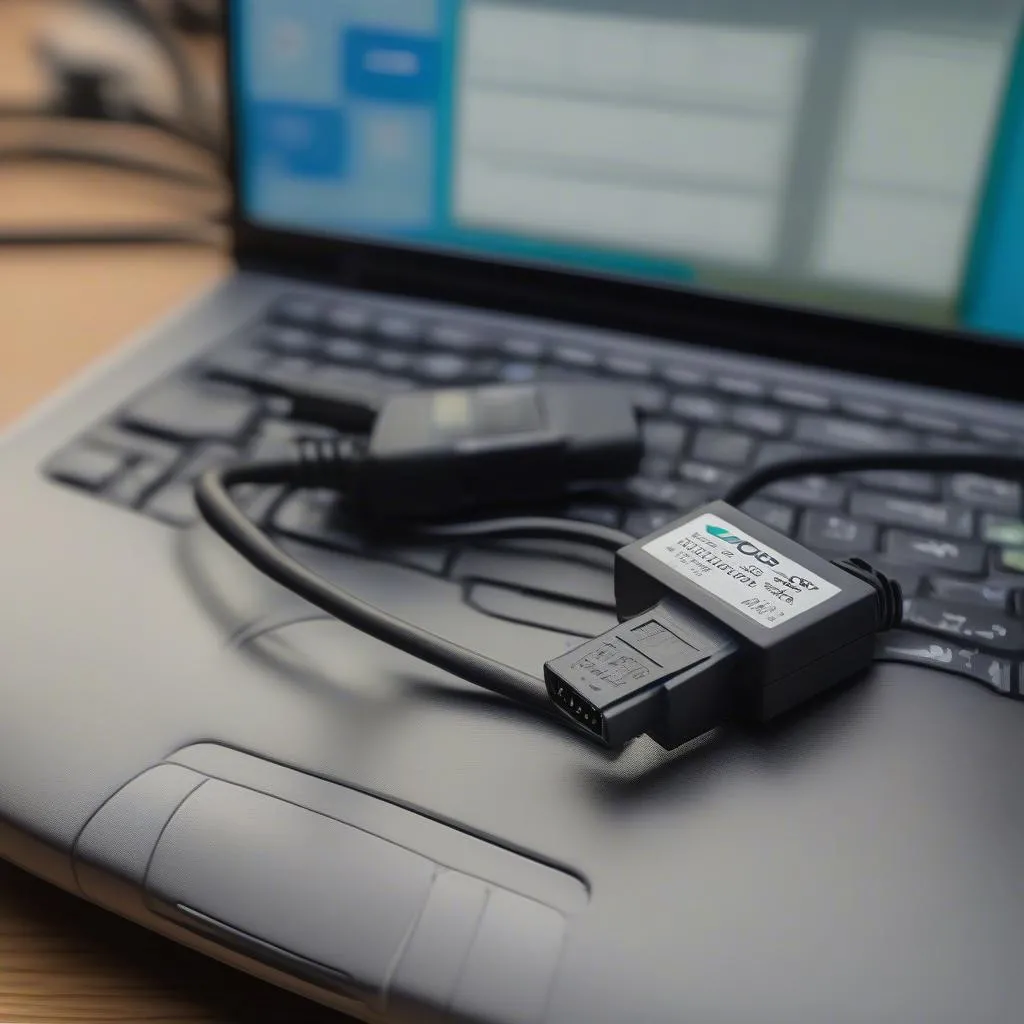The VCDS injector test is a crucial diagnostic procedure for identifying and resolving fuel injector issues in your vehicle. This guide dives deep into the intricacies of this test, providing valuable insights for car owners, mechanics, and automotive technicians. Understanding how to perform and interpret the VCDS injector test results can save you time and money by pinpointing problems accurately.
What is a VCDS Injector Test?
The VCDS (VAG-COM Diagnostic System) injector test utilizes specialized software to activate each fuel injector individually. This allows you to isolate faulty injectors, detect wiring problems, and assess overall fuel delivery performance. The test involves monitoring specific parameters, such as engine RPM, and listening for audible clicks from each injector. By analyzing these results, you can determine whether an injector is functioning correctly, partially clogged, or completely failed. A proper VCDS injector test is a key step in maintaining optimal engine performance and fuel efficiency. Early diagnosis through a vcds fuel injector test can prevent more severe engine damage and costly repairs down the line.
Performing the VCDS Injector Test: A Step-by-Step Guide
Connecting the VCDS interface to your vehicle’s OBD-II port is the first step. Next, launch the VCDS software on your laptop and select the appropriate engine control module. Navigate to the “Output Tests” function within the software. This section allows you to activate each fuel injector individually. During the test, observe the engine RPM for fluctuations and listen for the characteristic clicking sound from each injector. Any deviations from normal behavior indicate a potential problem. Documenting the results for each injector is essential for accurate diagnosis.
 VCDS Injector Test Setup
VCDS Injector Test Setup
Interpreting the VCDS Injector Test Results
A consistent clicking sound accompanied by stable engine RPM indicates a properly functioning injector. A weak or absent click, combined with fluctuating RPM, suggests a faulty injector. Other potential issues include wiring problems, clogged injectors, or a malfunctioning fuel pump. Understanding these nuances allows for targeted repairs and avoids unnecessary part replacements. Analyzing the results of your vcds injector test can be complex. Consulting with a qualified technician can provide further insights and ensure accurate diagnosis.
Common Problems Identified by VCDS Injector Test
The VCDS injector test can reveal a variety of fuel system issues. Clogged injectors, often caused by fuel impurities, restrict fuel flow and lead to reduced performance. Electrical faults, such as damaged wiring or a faulty injector driver, can disrupt injector operation. Leaking injectors can cause fuel wastage and potential engine damage. Mechanical failures within the injector itself can result in complete injector failure. Identifying these issues early through a vcds diagnostic can prevent further complications and costly repairs.
 Faulty Fuel Injector Symptoms
Faulty Fuel Injector Symptoms
Benefits of Using VCDS for Injector Testing
The VCDS offers several advantages for injector testing. Its precise control over individual injectors allows for pinpoint diagnosis, eliminating guesswork. The software provides detailed data analysis, offering valuable insights into injector performance. The VCDS’s user-friendly interface makes it accessible to both professionals and DIY enthusiasts. Regularly performing a test injecteur vcds can help maintain optimal engine performance and fuel efficiency.
When to Perform a VCDS Injector Test
Several symptoms indicate the need for a VCDS injector test. Rough idling, engine misfires, and reduced fuel economy are common indicators. Difficulty starting the engine, especially in cold weather, can also point to injector problems. Increased emissions and a noticeable fuel smell can be further signs of injector issues. Proactively addressing these symptoms with a 01834 vcds can prevent more significant problems down the line. “Early detection through regular VCDS scans is key to preventing costly repairs,” says automotive expert John Smith, ASE Certified Master Technician.
Conclusion
The VCDS injector test is a powerful tool for diagnosing and resolving fuel injector issues. Understanding its intricacies empowers car owners and technicians to maintain optimal engine performance and fuel efficiency. By following the steps outlined in this guide and interpreting the results correctly, you can pinpoint problems accurately and avoid unnecessary repairs. Regularly performing the VCDS injector test is a proactive approach to preventative maintenance, saving you time and money in the long run. Remember, early detection is crucial.
FAQs
-
How often should I perform a VCDS injector test?
A VCDS injector test is recommended whenever you experience symptoms like rough idling, misfires, or reduced fuel economy. -
Can I perform a VCDS injector test myself?
Yes, with the proper equipment and knowledge, you can perform the test yourself. -
What equipment do I need for a VCDS injector test?
You’ll need a VCDS interface, a laptop, and the VCDS software. -
What does code 01834 mean in VCDS?
This code often relates to fuel injector issues. -
What is involved in a what is vcds scan audi?
A VCDS scan on an Audi involves a comprehensive diagnostic check of various vehicle systems. -
Where can I get more information about VCDS diagnostics?
Visit CARDIAGTECH for in-depth articles and resources. -
How can I get assistance with VCDS injector testing?
Contact us via WhatsApp, email, or visit our workshop.
Need support? Contact us via Whatsapp: +1 (641) 206-8880, Email: CARDIAGTECH[email protected] Or visit us at: 276 Reock St, City of Orange, NJ 07050, United States. We offer 24/7 customer support.


